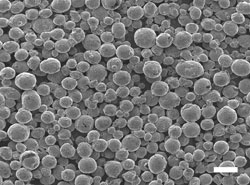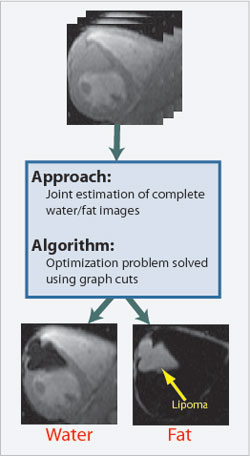Article
The Beckman Institute Graduate Student Seminar Series presents the work of outstanding graduate students working in Beckman research groups. The seminar starts at Noon in Beckman Institute Room 1005 and is open to the public. Lunch will be served.
Imaging fatty acids in the song bird brain
Kensey Amaya

Microencapsulation of reactive liquid-phase amines for self-healing applications
David Mcllroy

Self-healing materials present an attractive research opportunity and a growing field of industrial applications. Prior work in our group has demonstrated recovery of fracture toughness after damage in epoxy composites utilizing ring-opening polymerization and solvent-healing of unreacted functionality. The present work describes a method of encapsulation to deliver additional amine functionality to an epoxy composite with a view toward a two-part healing system composed of amine and epoxy, identical to the chemistry used to form the matrix. This chemical compatibility, once optimized, will provide for maximum healing efficiency in the matrix.
Magnetic resonance imaging of water and fat
Diego Hernando

Water and fat are the two main components of the in vivo proton MR signal. The separation of water and fat into different images is a problem of considerable practical importance in MRI. Water/fat separation presents two critical challenges: (a) accurately modeling the acquired signals, and (b) overcoming the unavoidable presence of magnetic field inhomogeneities in the MR scanner. This talk will focus on the problem of water/fat separation in MRI: its importance, applications and challenges, as well as our results on modeling and estimation.
Beckman Institute for Advanced Science and Technology